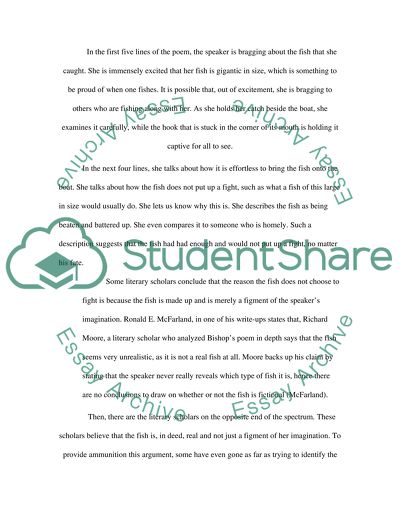Cite this document
(“The Fish by Elizabeth Bishop Book Report/Review”, n.d.)
The Fish by Elizabeth Bishop Book Report/Review. Retrieved from https://studentshare.org/literature/1503194-the-fish-by-elizabeth-bishop
The Fish by Elizabeth Bishop Book Report/Review. Retrieved from https://studentshare.org/literature/1503194-the-fish-by-elizabeth-bishop
(The Fish by Elizabeth Bishop Book Report/Review)
The Fish by Elizabeth Bishop Book Report/Review. https://studentshare.org/literature/1503194-the-fish-by-elizabeth-bishop.
The Fish by Elizabeth Bishop Book Report/Review. https://studentshare.org/literature/1503194-the-fish-by-elizabeth-bishop.
“The Fish by Elizabeth Bishop Book Report/Review”, n.d. https://studentshare.org/literature/1503194-the-fish-by-elizabeth-bishop.


